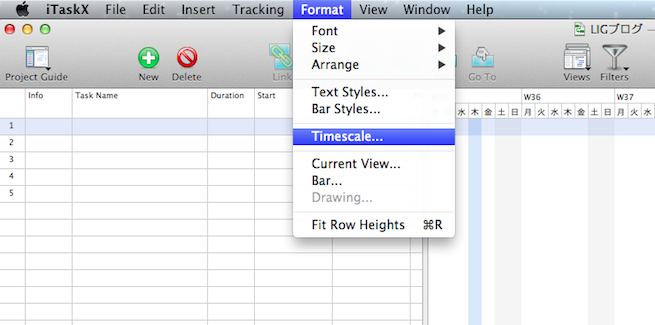
These are dependencies determined by best protocols, practices, and preferred processes.

They are institutionalized to focus on the quality of the product. For example, when painting the interior of a house, the order in which the rooms and walls are painted is chosen based on a various factors such as the furniture removal, current needs and preferences. In larger companies, cross-team dependencies pose a serious challenge. This dependency tends to exist when two or more teams are needed for the completion of a project. These dependencies are outside the control of project managers or teams and rely on 3rd parties or outside vendors for completion.The National Aeronautics and Space Administration ( NASA / ˈ n æ s ə/) is an independent agency of the US federal government responsible for the civil space program, aeronautics research, and space research. NASA was established in 1958, succeeding the National Advisory Committee for Aeronautics (NACA), to give the US space development effort a distinctly civilian orientation, emphasizing peaceful applications in space science. Since its establishment, most American space exploration efforts have been led by NASA, including the Apollo Moon landing missions, the Skylab space station, and later the Space Shuttle. NASA is supporting the International Space Station and is overseeing the development of the Orion spacecraft, the Space Launch System, Commercial Crew vehicles, and the planned Lunar Gateway space station. You can view and change the task type for each task directly in your view by inserting the „Type” column.The agency is also responsible for the Launch Services Program, which provides oversight of launch operations and countdown management for uncrewed NASA launches.If you choose „Fixed Work” in the „Task Type” pop-up, iTaskX can't use „Effort Driven” for the task.Click on the „Entry-Info-Inspector” and select a task type in the „Task Type” pop-up („Extra” pane).Here’s a handy table to help keep all the moving parts of the scheduling formula in mind: Task Type ITaskX uses a scheduling formula that relates the three values of work, duration, and assignment units: Work = Duration x Units

This date is based on the duration, calendars and constraints of predecessor and successor tasks.Ī task in which the assigned resources is a fixed value and any changes to the amount of work, or the tasks duration do not affect the tasks units.Ī task in which the amount of work is a fixed value and any changes to the task's duration or the number of assigned resources do not affect the tasks work.Ī task in which the duration is a fixed value and any changes to the work or the assigned resources, don't affect the tasks duration. The date when a task is scheduled to begin. This date is based on the tasks start date, duration, calendars, predecessor dates, task dependencies and constraints. The date that a task is scheduled to be completed. For any task, you can choose which piece of the equation iTaskX calculates by setting the task type.Ī characterization of a task based on which aspect of the task is fixed and which aspects are variable. ITaskX uses one of three task types to calculate the duration of tasks and subsequently their finish dates or their start dates.īy default, after you assign a resource, the task is scheduled according to the formula Duration = Work / Units.


 0 kommentar(er)
0 kommentar(er)
